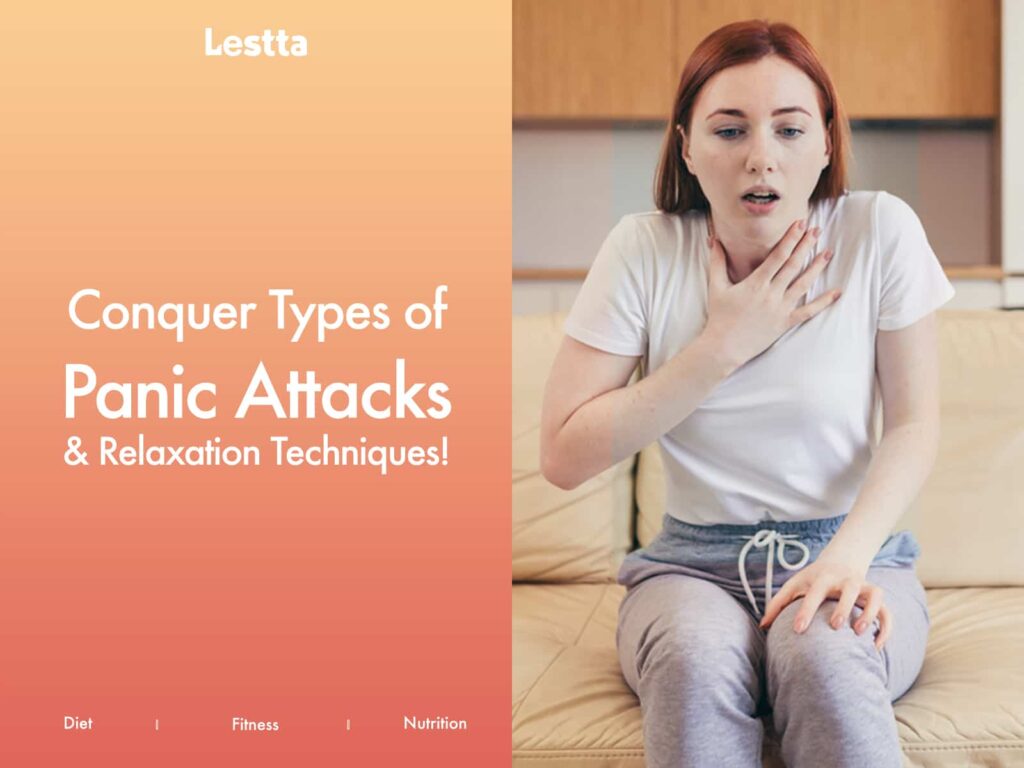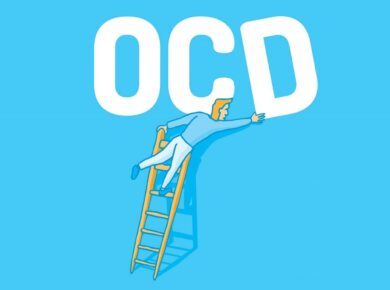
Panic attacks can be overwhelming and disruptive, affecting individuals in various ways. Understanding the different types of panic attacks and implementing relaxation techniques are vital steps towards regaining control and finding solace amidst the storm. In this article, we explore the realm of panic attacks and provide valuable insights into effective relaxation techniques. .
Types of Panic Attacks:
1. Situational Panic Attacks:
Situational panic attacks occur in response to specific triggers or situations, such as crowded spaces, public speaking, or flying. The fear associated with these triggers can lead to intense physical and emotional symptoms, often causing individuals to avoid such situations altogether.
By identifying the specific triggers, individuals can work towards desensitization through gradual exposure and confront the root cause of their anxiety.
2. Unexpected Panic Attacks:
Unlike situational panic attacks, unexpected panic attacks seemingly arise out of nowhere, without any discernible trigger. They strike suddenly and can be particularly distressing due to their unpredictability.
Recognizing the signs and symptoms of an impending panic attack is crucial in managing and reducing their impact. Breathing exercises, grounding techniques, and cognitive behavioral therapy (CBT) can be effective tools in addressing unexpected panic attacks.
3. Limited-Symptom Panic Attacks:
Limited-symptom panic attacks are characterized by experiencing fewer physical symptoms compared to full-blown panic attacks. However, the psychological distress remains intense. Individuals may feel overwhelmed, fearful, or experience a sense of impending doom.
Implementing relaxation techniques, such as progressive muscle relaxation or guided imagery, can help alleviate anxiety and promote a sense of calm during these episodes.
Relaxation Techniques:
1. Deep Breathing Exercises:
Deep breathing exercises are fundamental in managing panic attacks. By focusing on slow, deep breaths, individuals can regulate their heart rate, lower blood pressure, and signal their body to enter a state of relaxation.
Breathe in slowly through your nose, hold the breath for a few seconds, and exhale gently through your mouth. Repeat this process several times until you feel a sense of calm washing over you.
2. Progressive Muscle Relaxation (PMR):
PMR involves tensing and relaxing specific muscle groups to release tension and promote relaxation. Starting from your toes, gradually work your way up, tensing and then releasing each muscle group.
Pay attention to the sensations of relaxation as you let go of the tension. This technique can help reduce physical symptoms associated with panic attacks and induce a state of deep relaxation.
3. Mindfulness Meditation:
Mindfulness meditation cultivates awareness of the present moment, allowing individuals to observe their thoughts and emotions without judgment. By practicing mindfulness regularly, individuals can enhance their ability to recognize and manage anxiety, including panic attacks.
Find a quiet space, focus on your breath or a specific anchor point, and gently redirect your attention whenever your mind wanders. Over time, mindfulness can help build resilience and promote a sense of inner peace.
Conclusion
Conquering panic attacks involves understanding the different types that exist and implementing effective relaxation techniques to regain control over anxiety. By recognizing situational, unexpected, and limited-symptom panic attacks, individuals can tailor their approach to managing them. Remember, with patience, practice, and a commitment to self-care, it is possible to overcome panic attacks and reclaim a sense of inner peace.









